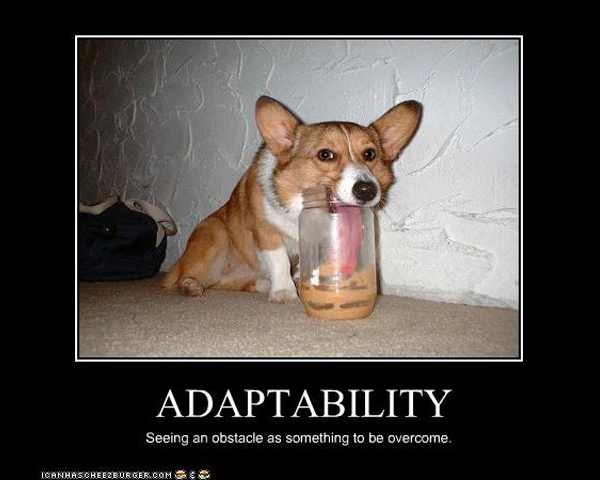Too many workplace teams have their performance impacted by their manager. Often it’s style, but many times it’s their lack of skills.
Sometimes it’s a combination of both.
One study shows that 45% of managers ignore or reject ideas and feedback from members of their team rather than listen or seek to understand. 62% of employees are more likely to consider leaving their job when they are managed by someone who can’t maintain a constructive dialogue.
Managers should be authentic, approachable, honest, and supportive. The best managers create an environment where team members feel comfortable communicating ideas and concerns as well as giving feedback; it’s imperative to high performance.
Successful managers of high-performance teams build trusted relationships with their team members. Trust, in part, comes from communication; from making those you lead feel valued and appreciated. This starts with them feeling heard, not ignoring or rejecting their ideas and feedback.
So how do you make your employees feel heard?
1. Create space for dialogue – When employees come to you with ideas, concerns, or feedback, provide them with a non-retaliatory and non-judgemental space for dialogue. Help them to feel safe in expressing what’s on their mind.
2. Listen to understand – Don’t play on your phone or computer. Give employees your full attention. Don’t just hear what they are saying – listen. Listening not only supports employees in feeling heard, it also helps you to understand the what and the why of the information they are sharing. Listening to understand helps connect the dots to possible other concerns or areas of improvement. It also builds trust.
3. Build trust – Lack of trust in management and leadership is one of the biggest things that impact performance. When employees feel they can’t trust leadership, they spend more energy on self-preservation and job hunting than on performing their job. To put it simply – listening is critical. To build trust, leadership must listen to employees and seek to understand. Once employees feel leadership really listens, it goes a long way to increase trust and performance.
4. Take action – Don’t neglect to take action and follow up as appropriate. Some even suggest that with every office conversation, listen like there’s going to be a pop quiz at the end. Often, the simplest action to take is to acknowledge the employee has been heard by summarizing their feedback and thanking them for sharing. Be clear on any expectations and next steps. Not all feedback requires the implementation of immediate actions.
5. Check-in – To really make your employees feel like you are not ignoring or rejecting their thoughts and feedback, you need to check back in with them. Often after an initial conversation, people get the wheels turning and have additional questions, comments, or ideas. A good practice for maintaining high team performance is to perform a quick check-in with employees shortly after the initial discussion or any action planning. Keep the door for dialogue open.
Employees have plenty of skills they bring to work and not all are part of the job description. To really learn what it is your employees do best and how you can support their success, you need to engage with them, talk to them, and most importantly, listen to them. What are their needs? What are their concerns? What additional skill sets do they bring? How do they want to be challenged? What ideas might they have? Encourage ideas and innovation. Help team members leverage all the skills they bring to make a difference. Make them feel heard.
Want to learn more about workplace communication for high performance? Check out my management training, Impact vs. Intent – How do you communicate for success.
____________________________________________________________________________
About Scott Span, MSOD, CSM, ACC: is CEO at Tolero Solutions. As a people strategist, leadership coach, and change and transformation specialist, his work is focused on people. Through his consulting and training work he supports clients to survive and thrive through change and transition and create people-focused cultures and a great employee experience. Through his coaching work, he supports people willing to dig deeper to identify and overcome what’s holding them back, change behaviors, accelerate performance and achieve their goals.
Email | Website | LinkedIn | Twitter | Blog | Facebook| YouTube | Instagram


